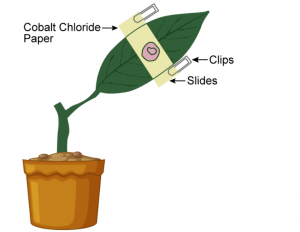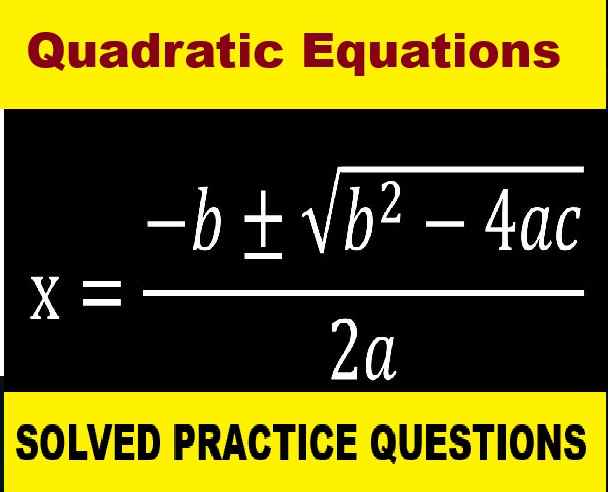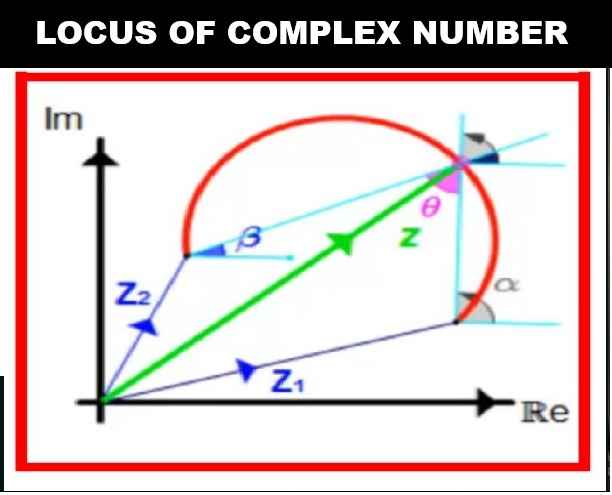Transpiration MCQ Type Questions for ICSE Biology Class-10 . These MCQ / Objective Type Questions is based on latest reduced syllabus according 2021-22 session on bifurcated pattern. Main motto of MCQ Type Question is cracking the next upcoming exam of council. Visit official website CISCE for detail information about ICSE Board Class-10 Biology .
MCQ Type Questions for ICSE Class-10 Biology Transpiration
| Board | ICSE |
| Class | 10th (X) |
| Subject | Biology |
| Chapter | Transpiration |
| Syllabus | on bifurcated syllabus (after reduction) |
| Session | 2021-22 |
| Topic | MCQ / Objective Type Question |
ICSE Class-10 Biology MCQ Type Questions of Chapter- Transpiration
Question 1: Transpiration pull will be maximum under which set of the following conditions?
(a) Open stomata, dry atmosphere and moist soil
(b) Open stomata, high humid atmosphere and well irrigated soil
(c) Open stomata, high humid atmosphere and dry soil
(d) Closed stomata, dry atmosphere and dry soil
Answer (a) Open stomata, dry atmosphere and moist soil
(a) Stomata
(b) Lenticels
(c) Cuticle
(d) Hydathodes
Answer (a) Stomata
Question 3: On a dry, sunny day, how does water vapour move through the stomata of a leaf ?
(a) Into the leaf by diffusion
(b) Into the leaf by respiration
(c) Out of the leaf by diffusion
(d) Out of the leaf by respiration
Answer (c) Out of the leaf by diffusion
Question 4: Transpiration is highest during :
(a) Rainy season
(b) Winter
(c) Summer
(d) Autumn
Answer (c) Summer
Question 5: With decrease in atmospheric pressure, the rate of transpiration will
(a) increase
(b) decrease rapidly
(c) decrease slowly
(d) remain the same
Answer (a) increase
Question 6: Which one of the following does not affect the rate of transpiration?
(a) Light
(b) Humidity
(c) Wind
(d) Age of the plant
Answer (d) Age of the plant
Question 7: The rate of transpiration increase with:
(a) Increase in humidity
(b) Increase in wind velocity
(c) Reduced light intensity
(d) Increase in the CO2 level
Answer (b) Increase in wind velocity
Question 8: Which of the following is not true for transpiration?
(a) It cools the plants
(b) Water lost has minerals
(c) Water is lost as vapours
(d) Maximum through stomata
Answer (b) Water lost has minerals
Question 9: One of the internal factors which affect the rate of transpiration, is
(a) big size of the leaf
(b) Colour of the leaf
(c) sunken stomata
(d) sunny day
Answer (c) sunken stomata
Question 10: Lenticels are present on :
(a) Green stem
(b) Woody stem
(c) Leaves
(d) Flowers
Answer (b) Woody stem
Question 11: The rate of transpiration is more when :
(a) Atmosphere is dry
(b) Temperature is high
(c) Atmosphere is dry and temperature is high
(d) Humidity is high
Answer (b) Temperature is high
Question 12: From which part of a leaf does most water evaporate during transpiration?
(a) The cuticle
(b) The guard cells
(c) The spongy mesophyll cells
(d) The xylem vessels
Answer (c) The spongy mesophyll cells
Question 13: Guttation takes place through
(a) stomata
(b) lenticels
(c) lower epidermis of leaves
(d) hydathodes
Answer (d) hydathodes
Question 14: A decrease in which factor normally causes transpiration rate to increase ?
(a) Humidity
(b) Light intensity
(c) Stomatal opening
(d) Temperature
Answer (a) Humidity
Question 15: What will not affect the rate of transpiration ?
(a) Humidity of the atmosphere
(b) Number of open stomata
(c) Rate of respiration
(d) Temperature
Answer (c) Rate of respiration
Question 16: Transpiration is the evaporative loss of water from………
(a) Roots
(b) Leaves
(c) Stem
(d) Both b and c
Answer (b) Leaves
Question 17: Transpiration will be fastest when the day is
(a) cool, humid and windy
(b) hot, humid and still
(c) hot, humid and windy
(d) hot, dry and windy
Answer (d) hot, dry and windy
Question 18: …………. is used as an indicator for a demonstration of transpiration.
(a) Litmus paper
(b) Cobalt chloride paper
(c) Both a and b
(d) None of the above
Answer (b) Cobalt chloride paper
Question 19: …………….are minute openings in the epidermal lair of leaves.
(a) Lenticels
(b) Cuticle
(c) Stomata
(d) Stroma
Answer (c) Stomata
Question 20 : In a leaf, the cell sap in each cell exerts a ………… outward on the cell wall.
(a) Wall pressure
(b) Turgor pressure
(c) Osmotic pressure
(d) Both a and b
Answer (b) Turgor pressure
Question 21: Most of the transpiration in tall trees occurs through
(a) Stomata
(b) Lenticels
(c) Cuticle
(d) Bark
Answer (b) Lenticels
Question 22: More transpiration occurs from the ………. Of a leaf.
(a) Dorsal surface
(b) Under surface
(c) Upper surface
(d) Both a and B
Answer (b) Under surface
Question 23: Opening and closing of stomata is regulated by………
(a) Epidermal cells
(b) Mesophyll cells
(c) Guard cells
(d) Both (a) and(b)
Answer (c) Guard cells
Question 24: The ………….. serves to prevent evaporation of water from the leaf surfaces.
(a) Lenticels
(b) Stomata
(c) Cuticle
(d) Both (b) and (c)
Answer (c) Cuticle
Question 25: Transpiration is best defined as
(a) loss of water by the plant
(b) evaporation of water from the aerial surfaces of a plant
(c) loss of water, as water vapour, by a plant
(d) release of water by a plant into the atmosphere
Answer (b) evaporation of water from the aerial surfaces of a plant
Question 26 : Desert plants tend to have…………
(a) Thick cuticle
(b) Thin cuticle
(c) No cuticle
(d) More stomata
Answer (a) Thick cuticle
Question 27: Lenticels allow diffusion of gases for…………..
(a) Respiration
(b) Transpiration
(c) Photosynthesis
(d) Both (a) and(c)
Answer (d) Both (a) and(c)
Question 28: Transpiration decreases with increase in………….
(a) Temperature
(b) Wind velocity
(c) Atmospheric pressure
(d) All of the above
Answer (c) Atmospheric pressure
Question 29 : Special pores at the tips of veins through which guttation occurs.
(a) Hydathodes
(b) Lenticels
(c) Stomata
(d) Cuticle
Answer (a) Hydathodes
Question 30: The tissue that conducts water.
(a) Phloem
(b) Xylem
(c) Companion cells
(d) Transfusion tissue
Answer (b) Xylem
Question 31 : Exudation of sap from nursed parts.
(a) Guttation
(b) Secretion
(c) Bleeding
(d) Active transport
Answer (c) Bleeding
Question 32 : A plant with sunken stomata
(a) Mango
(b) Nerium
(c) Neem
(d) Shrubs
Answer (b) Nerium
Question 33 : Leaf modification in cacti to check transpiration.
(a) Thorns
(b) Phylloclade
(c) Prickles
(d) Spines
Answer (d) Spines
Question 34 :The factor that does not affect the rate of transpiration.
(a) Intensity of light
(b) Velocity of wind
(c) Carbon dioxide
(d) Oxygen
Answer (d) Oxygen
Question 35 : A piece of blue cobalt chloride paper is cliped to the lower surface of a fresh leaf and is covered with the plastic as shown. After a few minutes part of the paper turns pink, showing that the water is present.

Which process carried out by leaves causes the paper to turn pink
(a) Absorption
(b) Photosynthesis
(c) Respiration
(d) Transpiration
Answer (d) Transpiration
Question 36 : The diagram shows how water is lost from a leaf.

By which process is the water lost
(a) Osmosis
(b) Photosynthesis
(c) Translocation
(d) Transpiration
Answer (d) Transpiration
Question 37 Transpiration pull will be maximum under which set of the following conditions?
(a) Open stomata, dry atmosphere and moist soil
(b) Open stomata, high humid atmosphere and well irrigated soil
(c) Open stomata, high humid atmosphere and dry soil
(d) Closed stomata, dry atmosphere and dry soil
Answer (a) Open stomata, dry atmosphere and moist soil
Question 38 With decrease in atmospheric pressure, the rate of transpiration will
(a) increase
(b) decrease rapidly
(c) decrease slowly
(d) remain the same
Answer (a) increase
Question 39 One of the internal factors which affect the rate of transpiration, is
(a) big size of the leaf
(b) Colour of the leaf
(c) sunken stomata
(d) sunny day
Answer (c) sunken stomata
Question 40 Guttation takes place through
(a) stomata
(b) lenticels
(c) lower epidermis of leaves
(d) hydathodes
Answer (d) hydathodes
Question 41 Transpiration will be fastest when the day is
(a) cool, humid and windy
(b) hot, humid and still
(c) hot, humid and windy
(d) hot, dry and windy
Answer (d) hot, dry and windy
Question 42 Most of the transpiration in tall trees occurs through
(a) Stomata
(b) Lenticels
(c) Cuticle
(d) Bark
Answer (b) Lenticels
Question 43 Transpiration is best defined as
(a) loss of water by the plant
(b) evaporation of water from the aerial surfaces of a plant
(c) loss of water, as water vapour, by a plant
(d) release of water by a plant into the atmosphere
Answer (b) evaporation of water from the aerial surfaces of a plant
–: End of Transpiration MCQ Type Questions for ICSE Biology Class-10 :-
-: also visit :-
- MCQ Type Questions for ICSE Class-10
- ICSE Class-10 Text book Solutions, Notes , Syllabus, Paper, Notes
Please share with your ICSE friends if it is helpful
Thanks



So good side
u should focus on sem-2 descriptive question of which specimen paper has been solved
Sir please post mcqs of physical fitness chapter of physical education
uploaded
good work sir
thanks for positive response please keep in touch